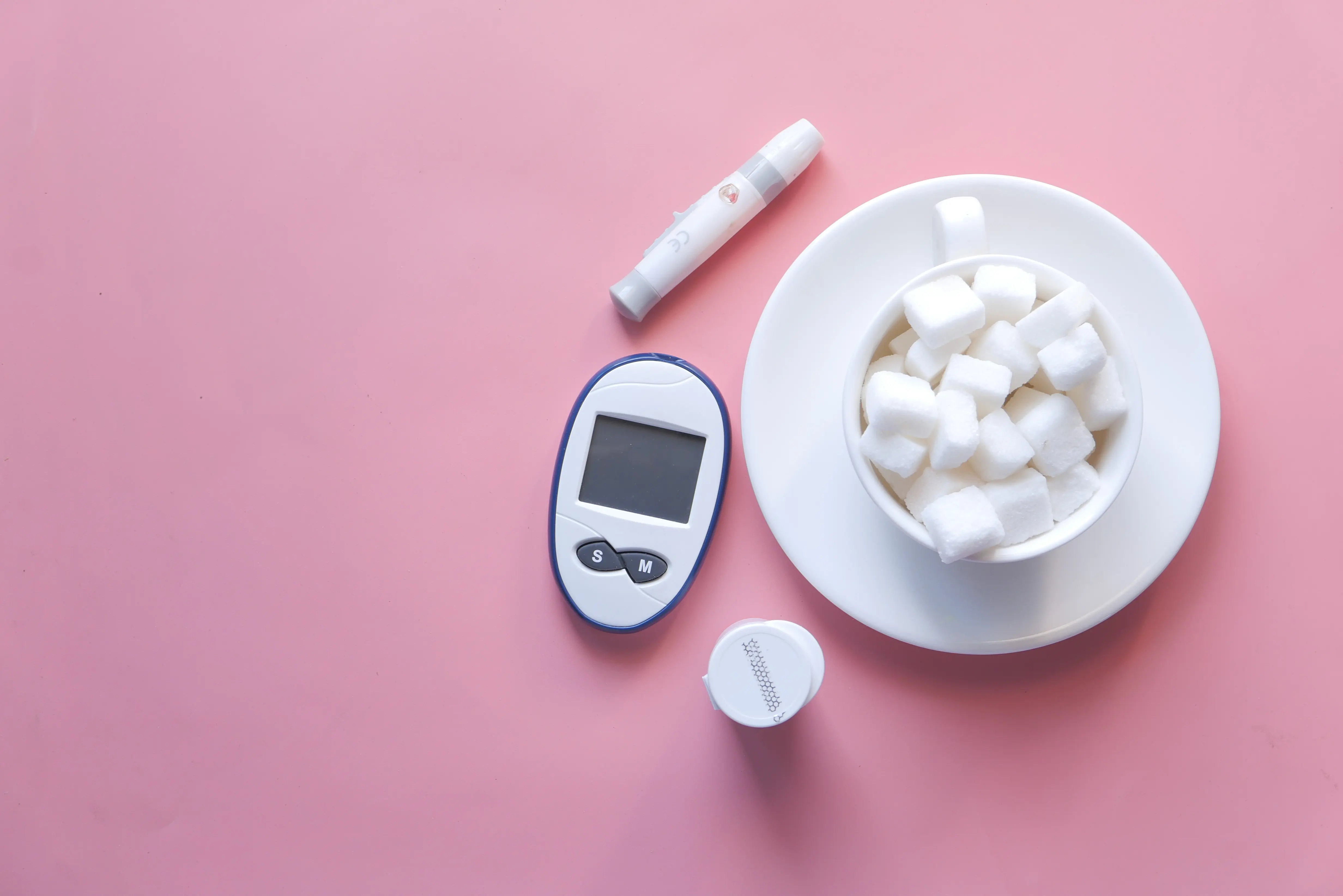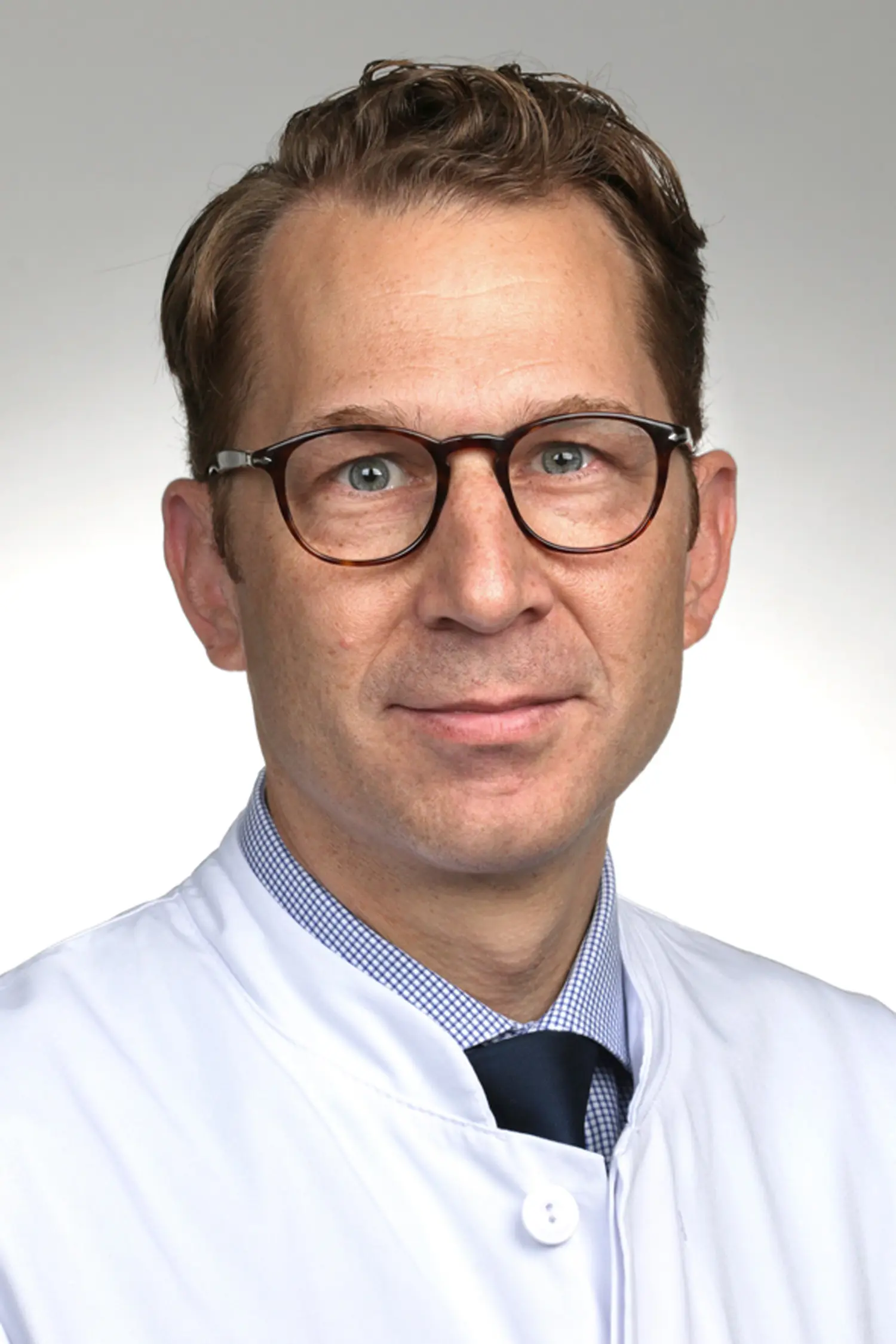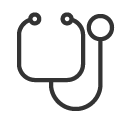
© PMC
Prevention
Treatment Methods
PREVENTIVE MEDICINE
Preventive medicine is a central subfield of medicine that deals with preventing diseases, early detection of health risks, and delaying or avoiding disease progression. The aim is to maintain, promote, and protect the health of individuals and the entire population. Preventive medicine is traditionally divided into four levels: primary, secondary, tertiary, and quaternary prevention.
Primary Prevention
Its goal is to prevent diseases from occurring in the first place. It targets people without recognizable health limitations and intervenes early. The best-known measures include vaccinations—for example, against measles, mumps, polio, hepatitis A and B, or HPV—which protect against infectious diseases. Also included are awareness campaigns on healthy eating, promoting physical activity in daily life, smoking cessation programs, alcohol prevention, and stress management offers in schools or workplaces. Occupational health screenings, ergonomic workplace design, or political measures such as non-smoking laws and environmental regulations also serve this goal.
Secondary Prevention
It involves the early detection of diseases, i.e., identifying risk factors or signs of disease before clinical symptoms appear. The aim is to discover diseases at the earliest possible stage to improve chances of recovery and avoid secondary damage. These include regular check-ups such as mammography for early breast cancer detection, colonoscopies or stool tests for colorectal cancer prevention, skin cancer screenings, or prostate exams. Blood pressure measurements, blood sugar, and cholesterol checks help detect cardiovascular diseases or diabetes mellitus early. Psychosocial screenings aid in detecting depression, especially in at-risk groups like adolescents or older people. In Germany, many of these measures are supported by statutory health insurance under the so-called "Check-up 35."
Tertiary Prevention
It targets people who are already ill. The aim is to slow the progression of the disease, avoid complications, and improve the quality of life of those affected. This includes rehabilitation measures after a heart attack or stroke, follow-up programs for cancer patients, secondary prevention drugs such as blood thinners after a vascular blockage, or structured training programs for chronically ill patients such as diabetics, asthmatics, or people with COPD (chronic obstructive pulmonary disease). Physiotherapy exercises, psychological support, or nutritional counseling as part of a chronic illness are also part of this prevention stage.
Quaternary prevention
It deals with avoiding overdiagnosis and overtreatment. In an increasingly technical and specialized medical field, the risk of unnecessary examinations or treatments that bring no benefit or could even be harmful increases. Quaternary prevention protects patients from medical measures where the risk-benefit ratio is not justified. This includes, for example, excessive use of imaging procedures, unnecessary prescription of medications—especially in older people with polypharmacy—or exaggerated medical interventions at the end of life. Decision-making processes should be shaped by medical education, participatory decision-making, and consideration of individual values.
Overall assessment
Overall, preventive medicine is a forward-looking field that plays a role in almost all areas of the healthcare system—from general practice to occupational medicine to community health promotion and corporate health management. Modern technologies like wearables, health apps, or digital coaching offers increasingly complement traditional measures and open up new possibilities to maintain health, recognize risks, and sustainably change behavior. As such, preventive medicine makes an important contribution not only to individual health but also to relieving the healthcare system and increasing quality of life in society.
_1500x2250_150_RGB-2.webp)













